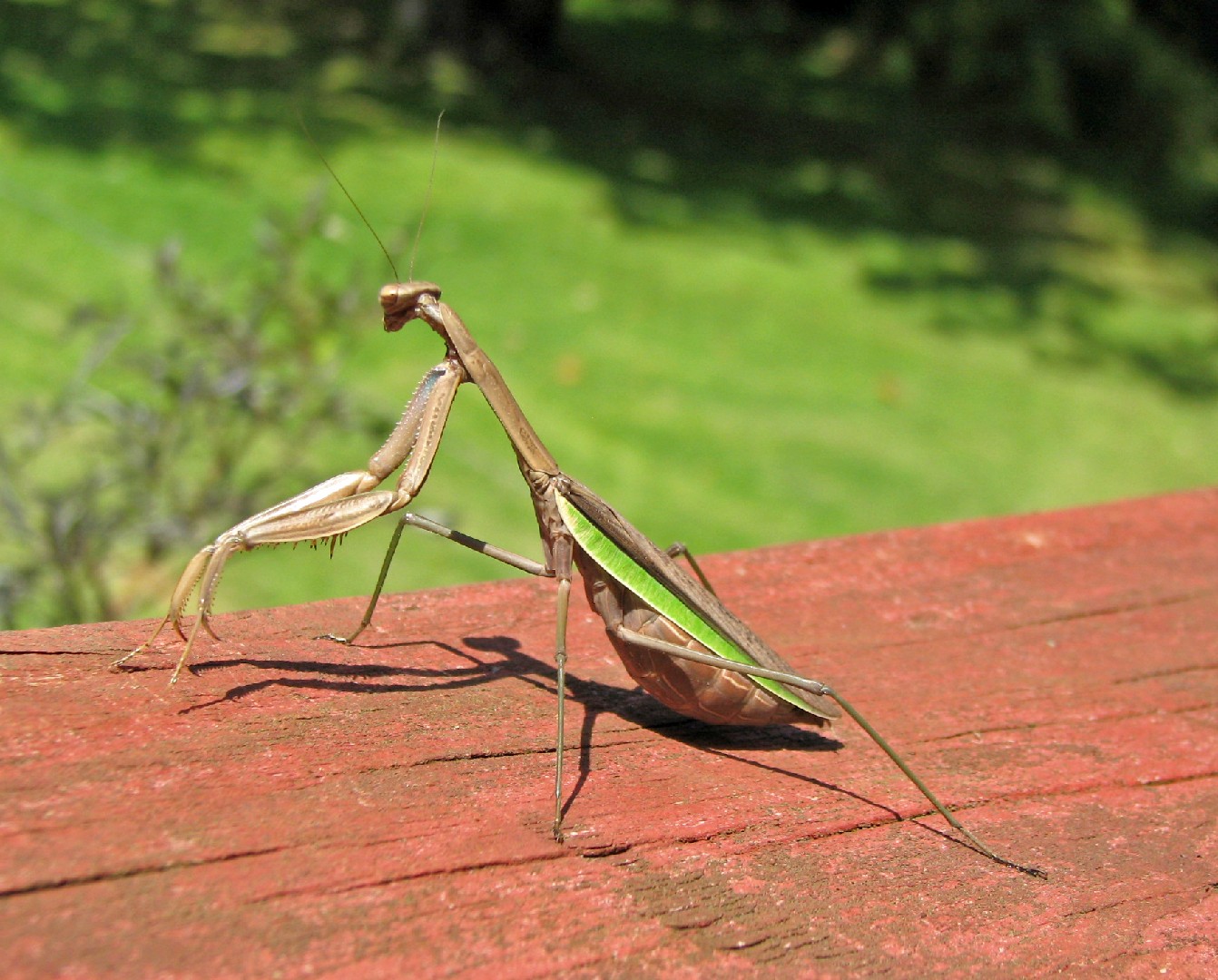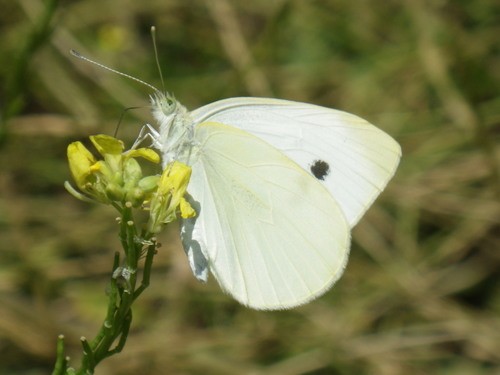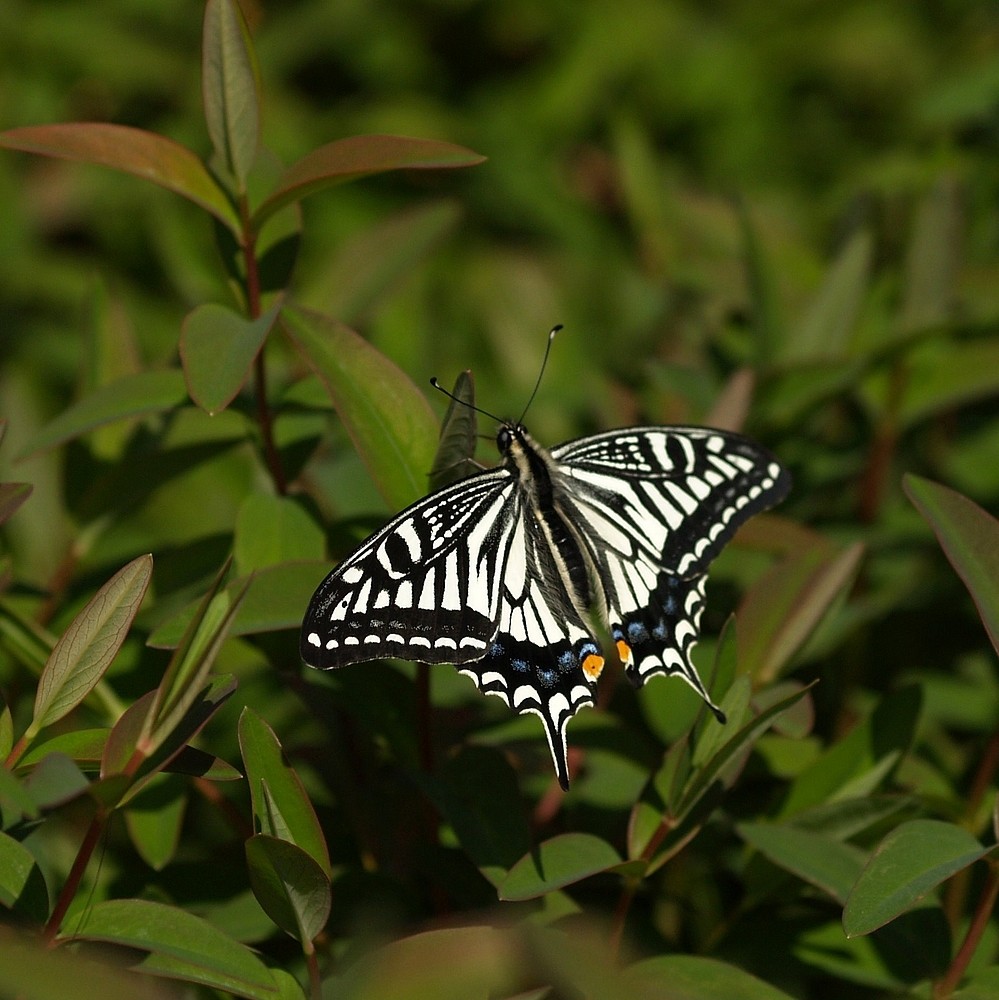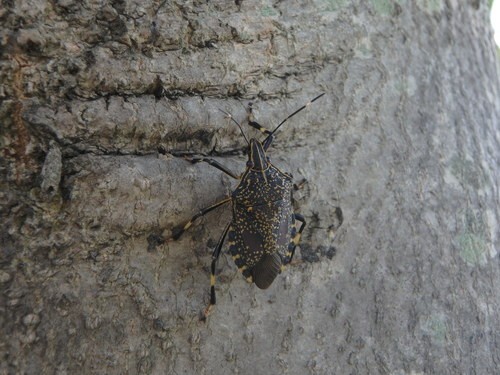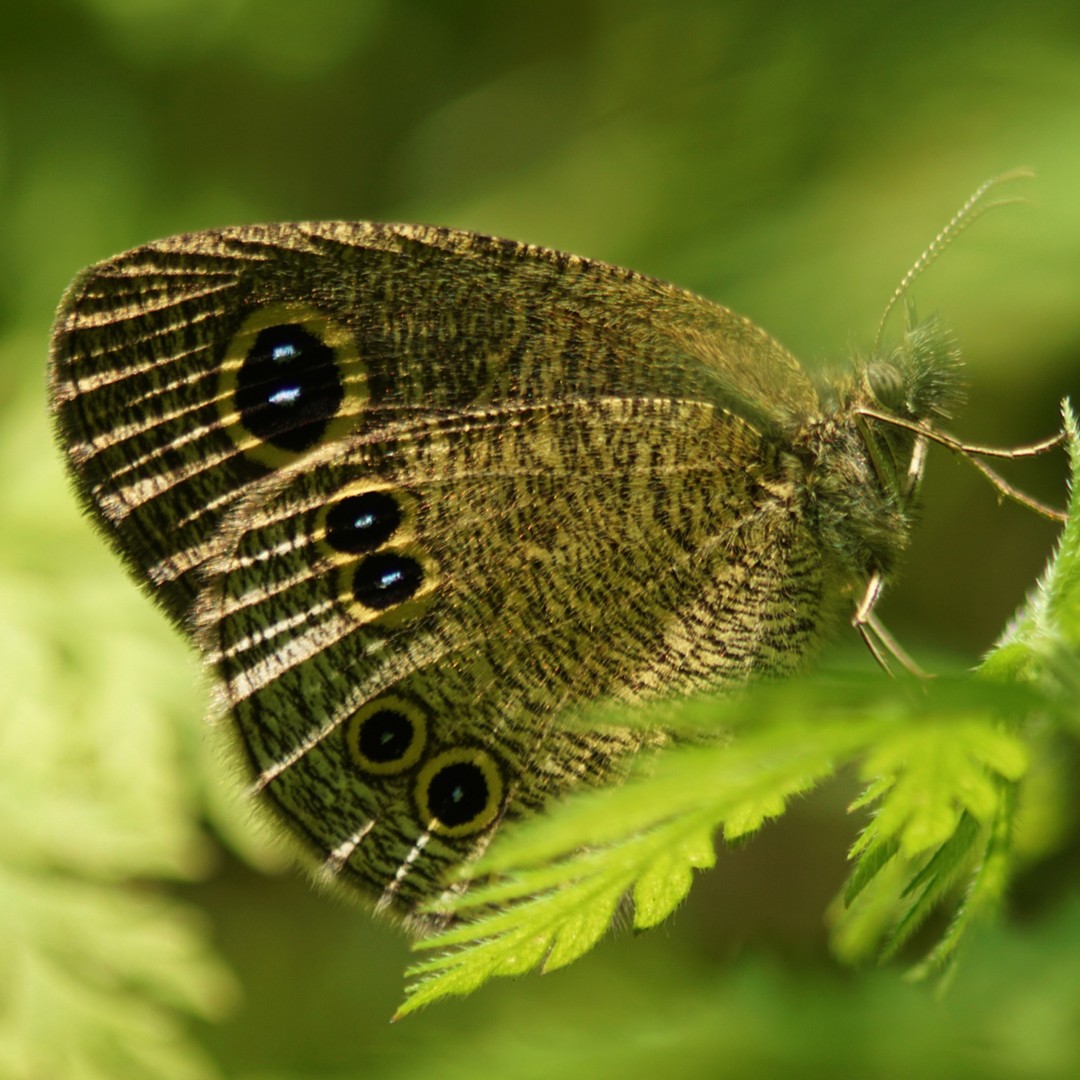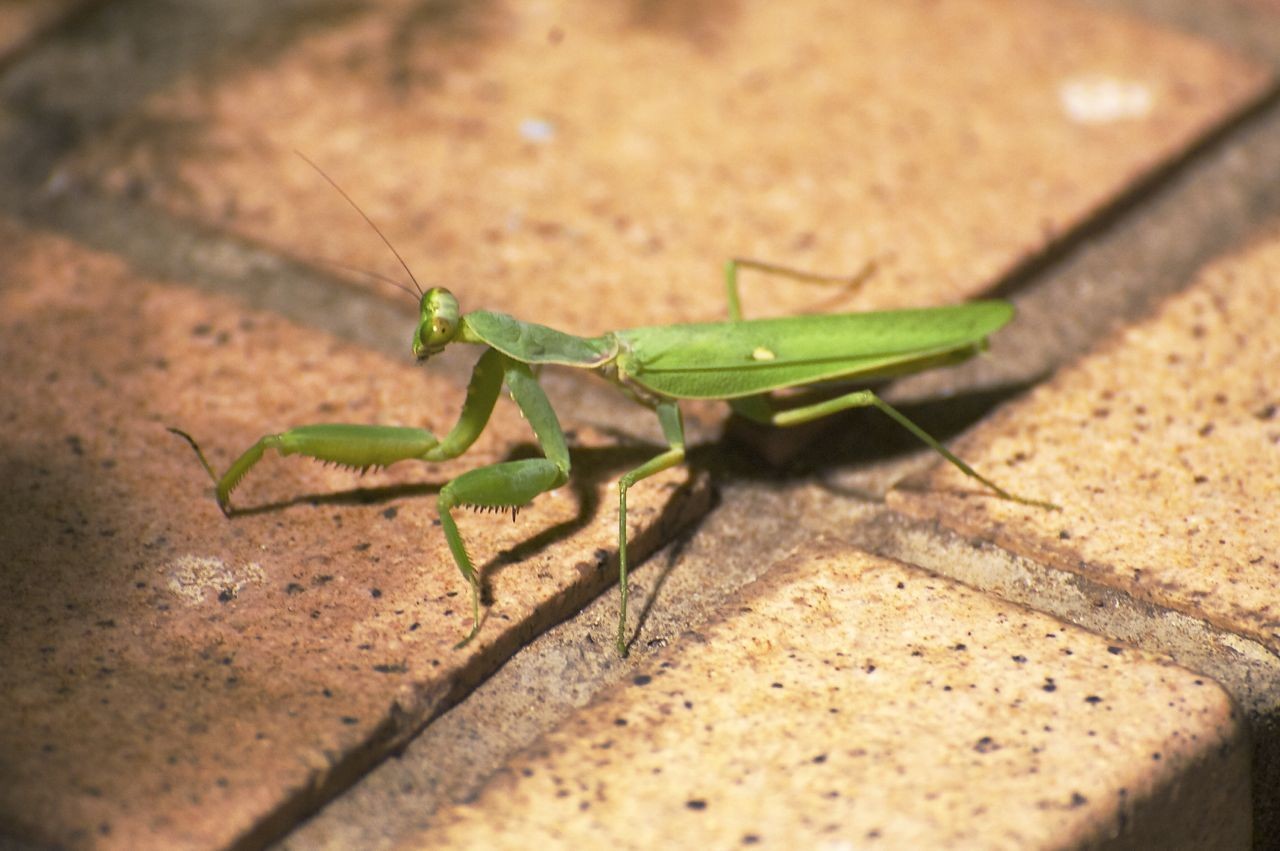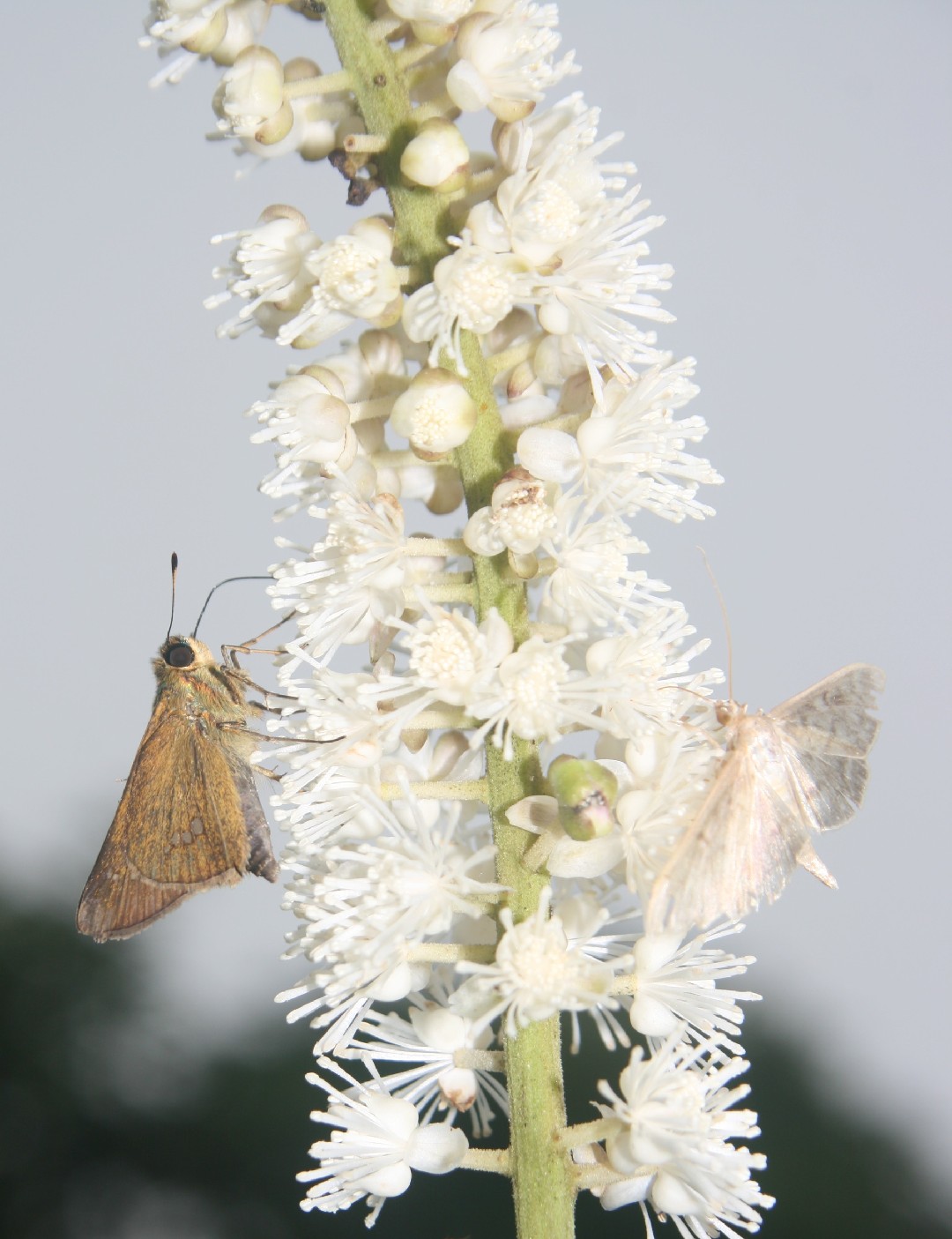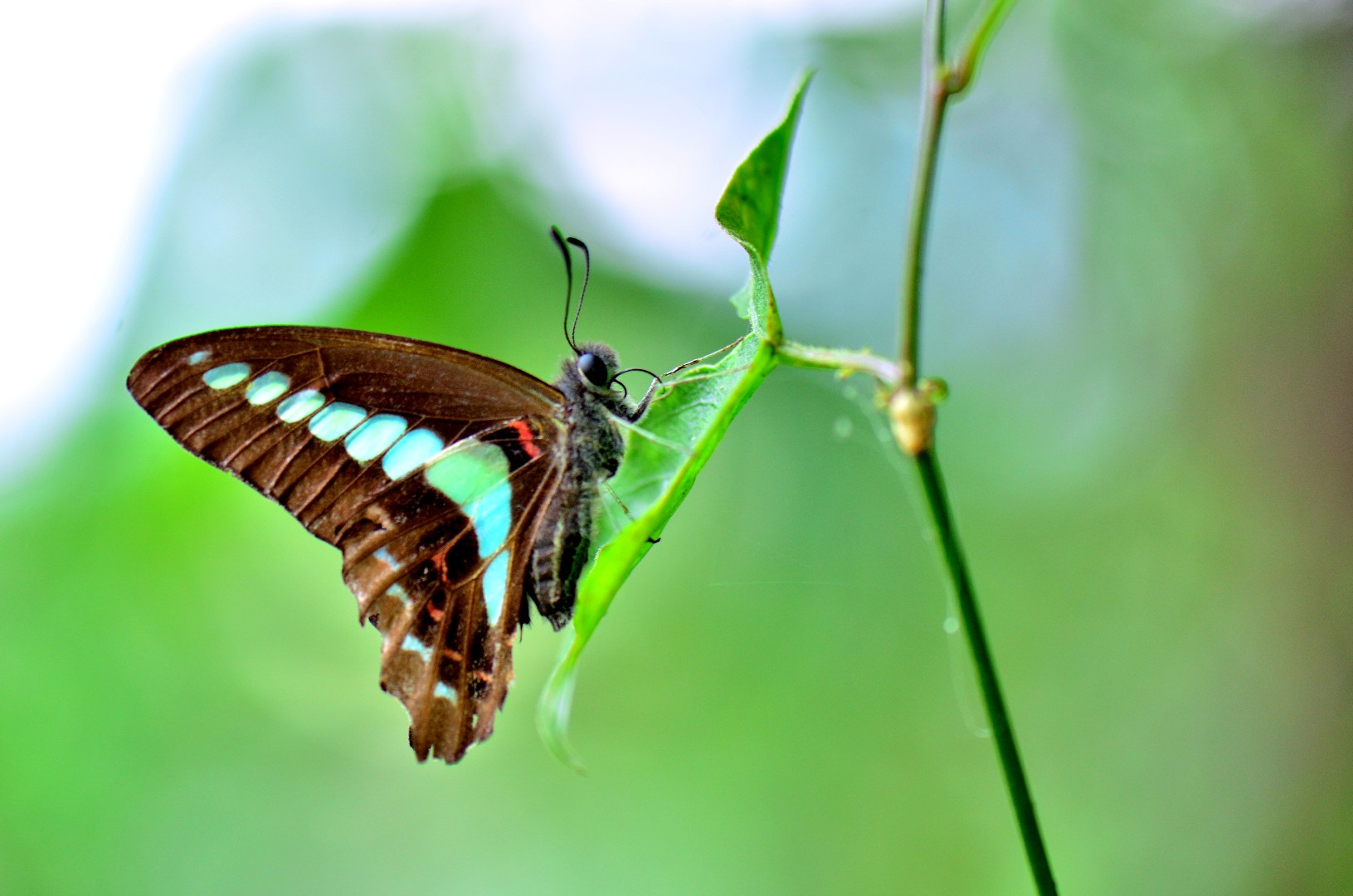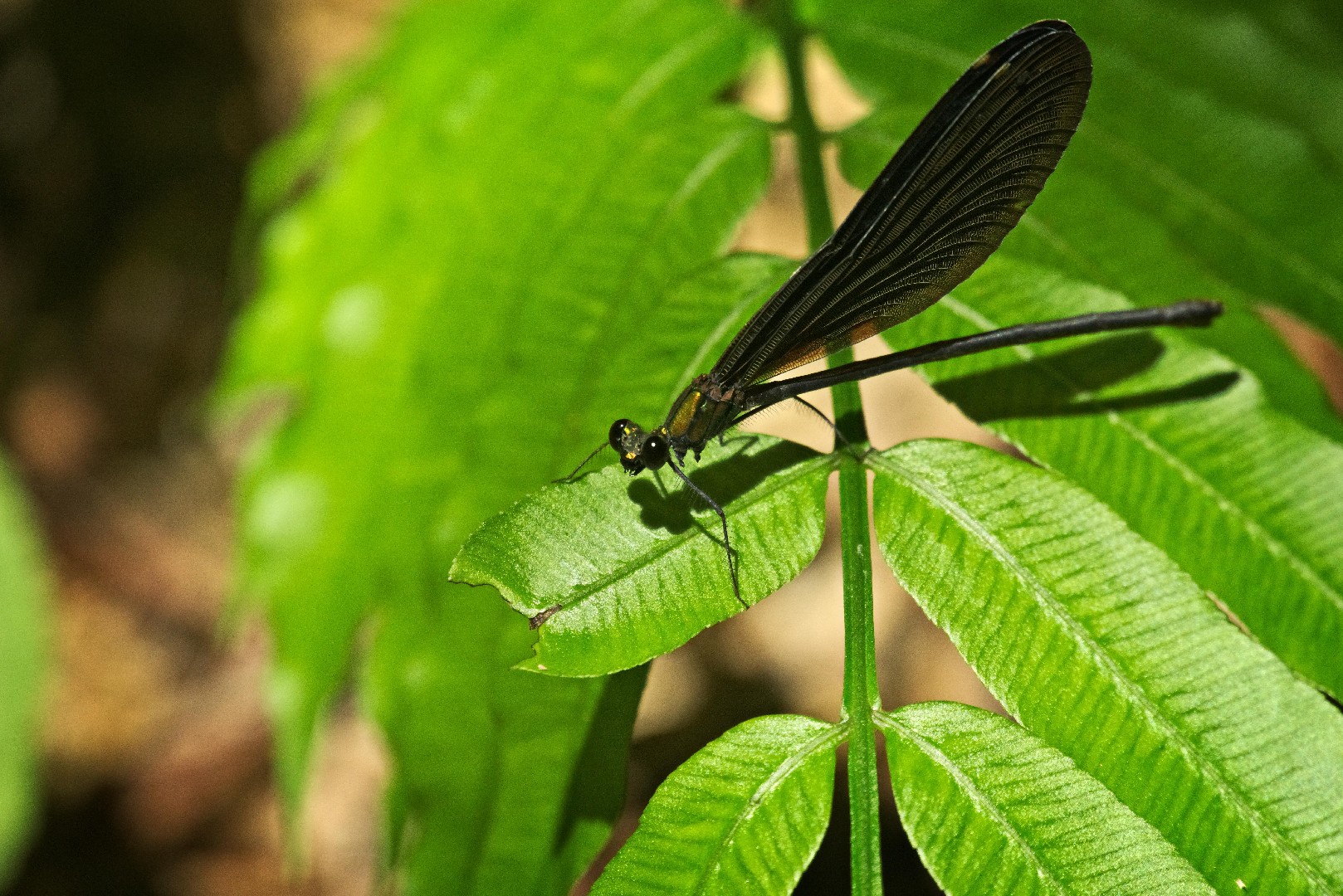Top 20 Most Common Insects in Japan
Insects, those versatile creatures with exoskeletons, segmented bodies, and jointed legs, can be found everywhere — even in Japan. Japan's diverse landscapes, from cityscapes to rice paddies, mountains to the seaside, shape its 20 most common insects. Such variety isn't arbitrary; it underscores the complex relationship between geography, climate, human activity and insect biodiversity. Take note, they're not just pests but also crucial in maintaining ecological balance, playing roles as pollinators, nutrient recyclers, and more.
Most Common Insects
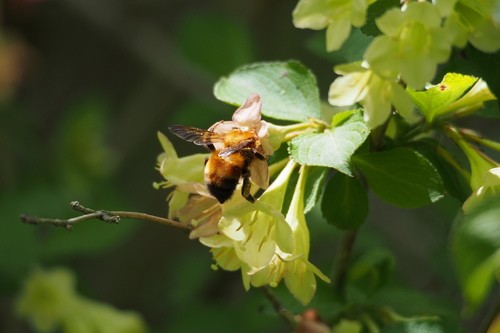
1. Diverse bumble bee
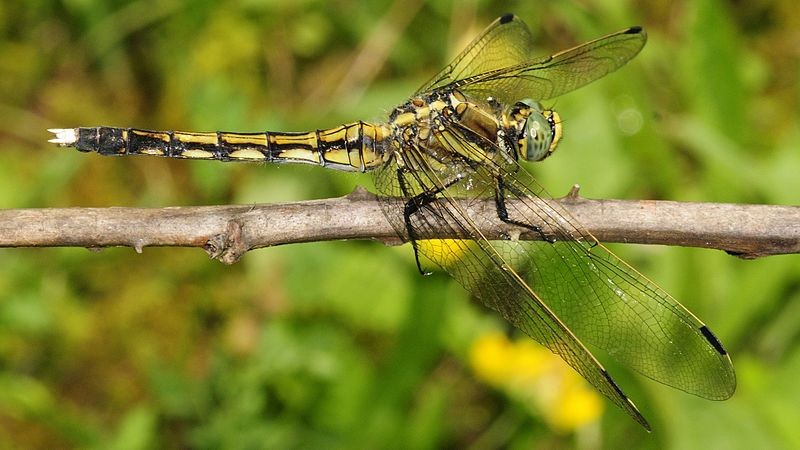
2. White-tailed skimmer
Orthetrum albistylum is a dragonfly species, which occurs from central and south Europe to China and Japan. Its distribution is often patchy but in many areas it is common. The species has recently spread its range northwards to the Baltic Sea coast in Poland. The common name for this species is white-tailed skimmer. One of the ongoing threats affecting the habitat of Orthetrum albistylum is the production of crops. The water pollution associated with crop production is also having a direct effect on the quality of the habitat of this species. 
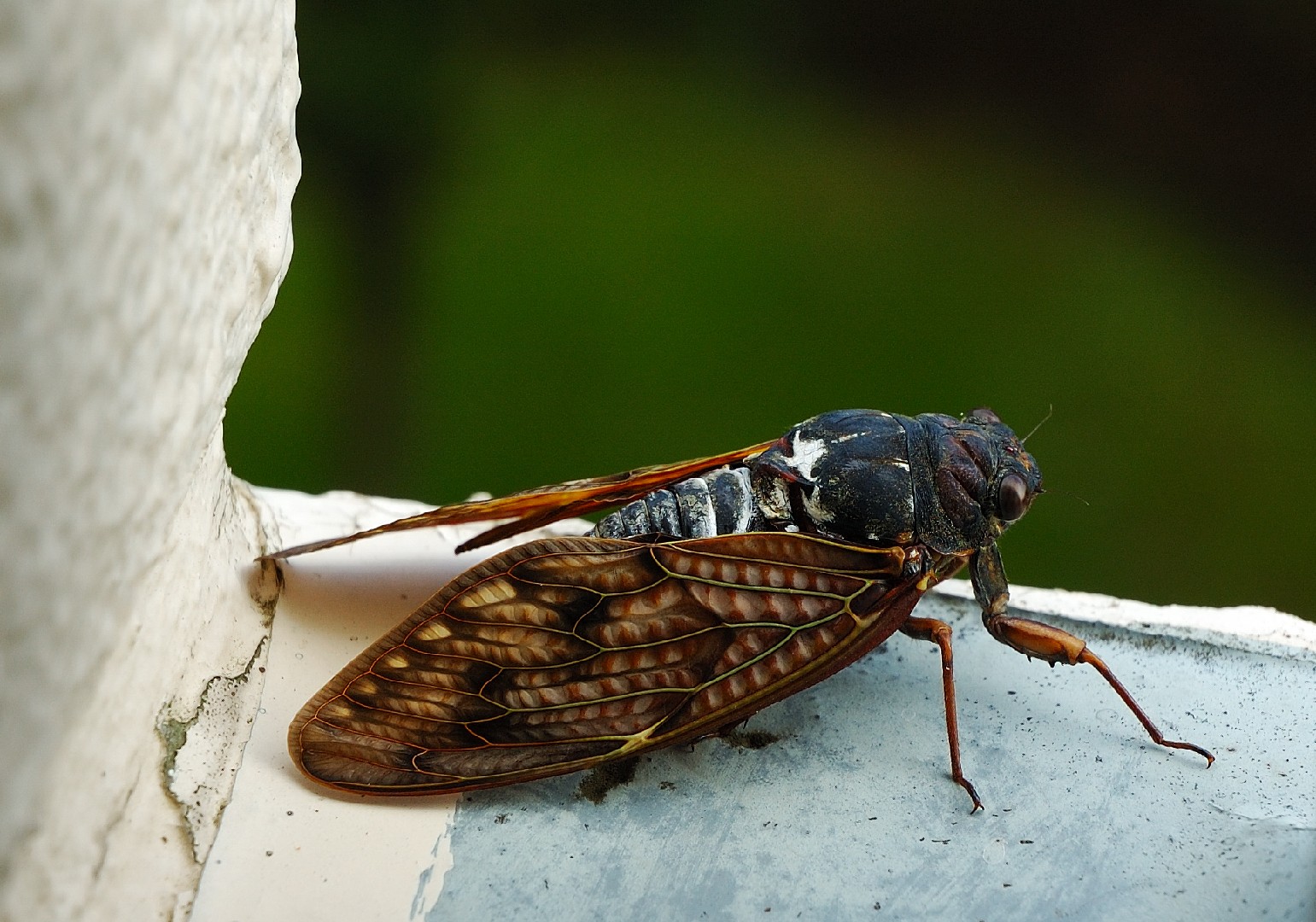
3. Large brown cicada
Large brown cicada are usually about 6 - 6 cm long, having a wingspan of roughly 8 cm. 
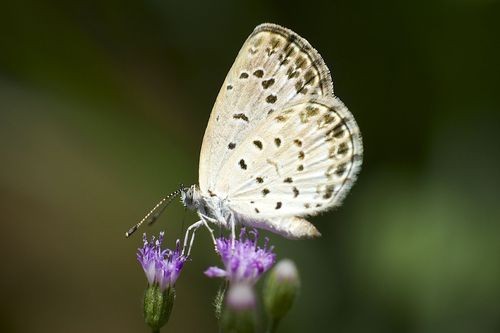
4. Pale grass blue
Male in wet-season brood. Upperside silvery light blue with a satiny sheen in certain lights. Forewing: the apical half of the costa narrowly and the terminal margin for varying widths fuscous black, bounded outwardly on the latter by an obscure anteciliary black line. Hindwing: the costa broadly, the termen somewhat more narrowly fuscous black as in the forewing, with the width of this dark edging similarly variable; in addition there is a very diffuse and ill-defined subterminal series of spots darker than the fuscous margin. Underside is brownish grey. Forewing: a spot in cell, a transverse lunule on the discocellulars, and a transverse anteriorly inwardly curved series of eight discal spots, black; the transverse lunule and each spot encircled with a narrow white edging; the posterior two spots of the discal series geminate (paired). Beyond these are a postdiscal and a subterminal series of short transverse dusky black spots followed by an anteciliary black line; the ground colour between the discal and postdiscal series and between the latter and the subterminal series of spots posteriorly paler than on the rest of the wing. Hindwing: a transverse, subbasal, slightly sinuate line of four spots, a short, slender, lunular line on the discocellulars, and a very strongly curved discal series of eight small spots, black; the lunule and each spot encircled with a narrow edging of white; the posterior two spots of the discal series geminate as on the forewing; beyond these as on the forewing there is a double line of dusky spots, only more lunular, with between them and between the discal and postdiscal series the ground colour in the same way followed by slightly paler; an anteciliary fine black line. Cilia of both forewings and hindwings whitey brown, darker anteriorly on the forewing. Antennae, head, thorax and abdomen dark brown, shafts of the antennae ringed with white; in fresh specimens the thorax and abdomen with a little light blue pubescence; beneath: palpi, thorax and abdomen white. Female in wet-season brood. Upperside is brownish black; the basal halves of the wings slightly suffused with light blue, anteciliary black lines on both forewings and hindwings, and on the latter wing an obscure subterminal series of spots as in the male. Underside, similar,only the ground colour darker, the markings larger and more clearly defined. Antennae, head, thorax and abdomen as in the male, but with no blue pubescence on the thorax and abdomen on the upperside. Male in dry-season brood. Upperside is pale bluish grey with, in some specimens, a pinkish undertone. Forewing: as in the wet-season brood, but the black terminal edging much reduced in width in some specimens to a transverse, somewhat diffuse, very narrow band that borders the anteciliary black line on the inner side, in others to a much broader similar band that coalesces with the anteciliary black line and occupies about the outer sixth of the wing. This edging along the termen is sometimes even, sometimes it widens from a slender anteciliary at and above the tornus to a broad black patch at the apex of the wing. Hindwing: the terminal black edging much narrower proportionately than in wet-season specimens, most often reduced to a slender black anteciliary line with a series of black spots on the inner side, bordering and sometimes coalescing with the line. Underside: as in the wet-season brood but the ground colour paler, in some specimens much paler, the markings on both forewings and hindwings similar, with frequently the terminal markings obsolescent, sometimes entirely absent or only indicated anteriorly on each wing. Cilia whitish. Antennae, head, thorax, and abdomen as in the wet-season specimens. Female in dry-season brood similar to the female of the wet-season brood, but more like the male, with the light silvery-blue suffusion very irregular, but generally extended much further outwards from the base. Underside: as in the male, the ground colour slightly darker. Antenna, head, thorax and abdomen similar to those of the male. 
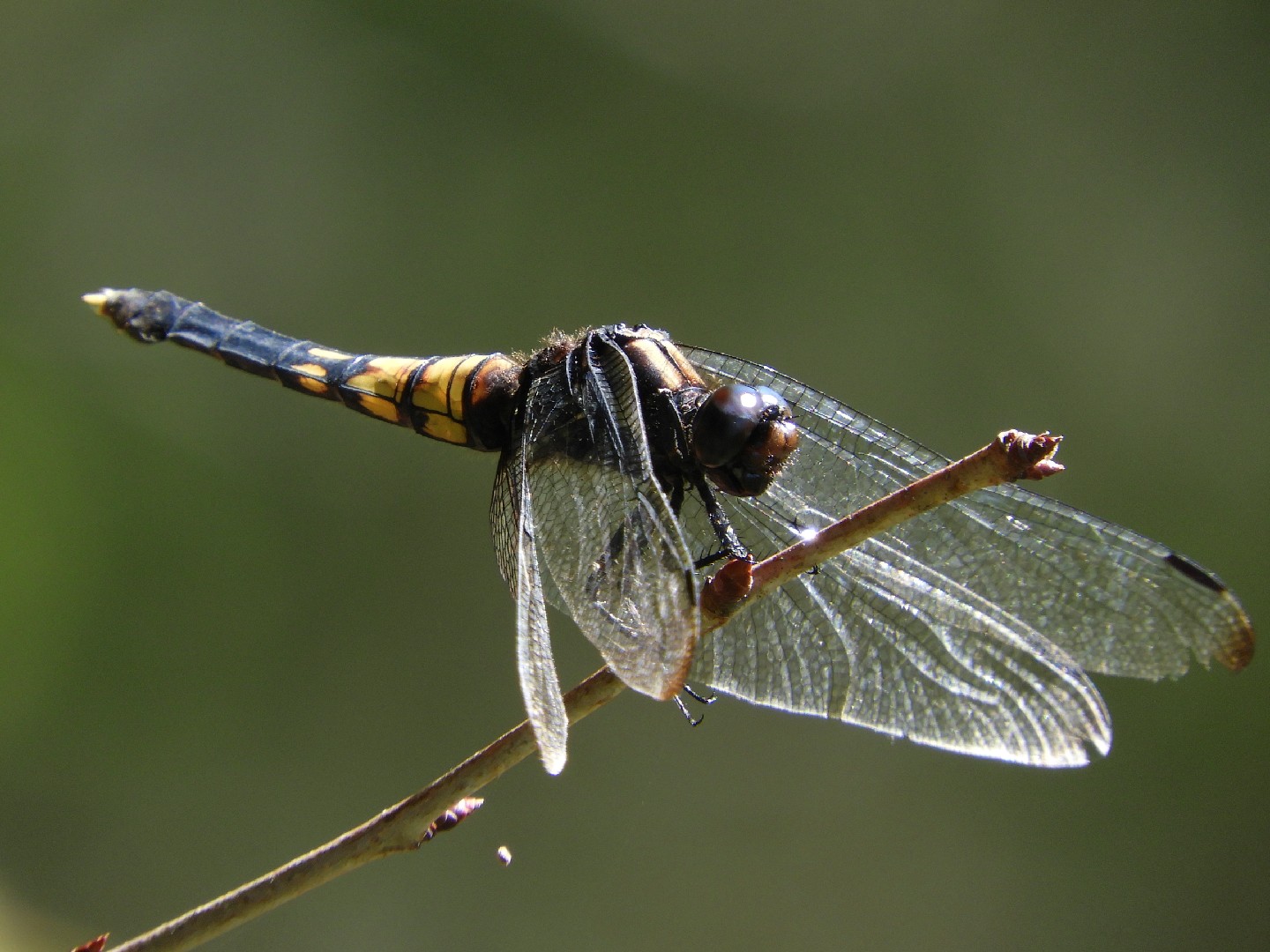
5. Greater blue skimmer
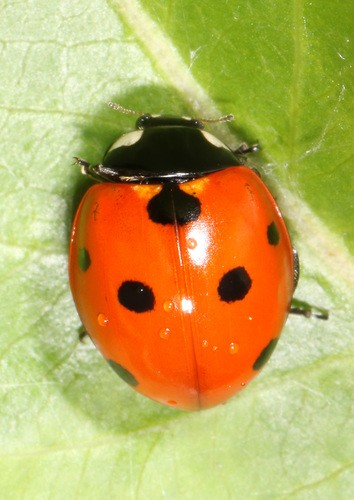
6. Seven-spotted ladybug
Seven-spotted ladybug (Coccinella septempunctata), known in North America as the "seven-spotted ladybug," is the most common species of ladybird in Europe and the official state insect of five U.S. states. While not native to North America, it has established itself there after being introduced to control aphid populations. Its bright coloring deters predators, and it may also play dead or secrete foul-smelling liquids to discourage consumption.
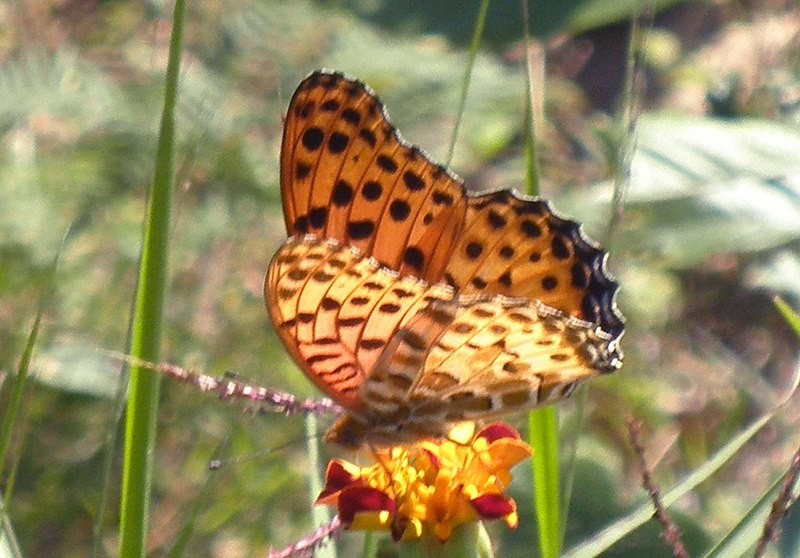
7. Indian fritillary
Male: Upperside: forewing rich orange yellow, hindwing paler yellow, with the following black markings: Forewing: cell with a basal short transverse streak, a medial broad oval loop, its outer margin sinuous; a broad transverse streak beyond cell not reaching the median nervure; a broad streak along the discocellulars; a zigzag discal series of large spots, angulated outwardly in interspace 4, inwardly in interspace 2, a minute spot at base of interspace 1; a somewhat diffuse large postdiscal spot below the costa in interspace 6; a postdiscal sinuous series of round spots, those in interspaces 1 and 4 very small; an inner complete subterminal sinuous series of round spots; an outer subterminal line, widening on the veins, and a terminal slender line. Hindwing: a basal, transverse, obscure narrow mark in cell, another above it in interspace 7, a transverse lunule across the middle of the cell; a small spot outwardly bordering the lower discocellular; a discal series of transverse spots from interspaces 1 to 7, sinuous posteriorly; a postdiscal series of five spots in interspaces 2 to 6; a subterminal series of somewhat lunular spots; finally, a narrow band on term en traversed posteriorly by a series of blue, anteriorly by a series of ochraceous lunules. Underside forewing pale terracotta red, shading into ochraceous towards the apex, the apex broadly suffused with that colour; markings as on the upperside, with the following exceptions: subcostal spot in interspace 6, upper two spots of postdiscal series, upper four spots of the inner subterminal series, and the anterior portions of the outer subterminal and of the terminal line olivaceous brown; the upper two postdiscal spots centred with white, with a white spot on each side; the upper four spots of the sub terminal series connate (united), forming a short curved band. Hindwing variegated with ochraceous, olivaceous-brown and silvery-white markings, the last for the most part narrowly margined on the outer side by short black lines; the veins prominently pale ochraceous; the medial silvery markings form a well-marked sinuous discal series, followed by a curved postdiscal series of five olivaceous round spots; each spot and the olivaceous-brown quadrate patch near base of cell with a minute white central spot; a slender black subterminal line widening at the veins, as on the forewing, followed by an ochraceous narrow lunular band and an outer slender black anteciliary line; the subterminal black line margined on the inner side by a series of: slender white lunules, bordered inwardly by a series of broad olivaceous-brown markings in the interspaces. Antennae brown above, ochraceous red beneath; head, thorax and abdomen olivascent tawny; beneath, palpi, thorax and abdomen pale ochraceous. Female similar. Differs from the male as follows: Upperside: apical half of forewing from about the middle of the costa obliquely to just above the tornus black, inwardly suffused with purple, crossed by a broad white band from costa to the subterminal series of black spots; four preapical white spots, the upper three bordering on each side and above a very obscure ocellus scarcely visible on the black background, an inner and an outer subterminal transverse series of slender white lunules. Underside: forewing markings similar to those on the upperside, but the apex of the wing beyond the white oblique band ochraceous green. Hindwing as in the male, but the markings slightly broader. Antennae, head, thorax and abdomen as in the male, the abdomen paler beneath. Wingspan: 80–98 mm (3.1–3.9 in). Var. taprobana, Moore, is a slightly darker race from Ceylon, with markings similar in both sexes to those of hyperbius. Moore, however, states that taprobana is an intermediate between the south Indian form (castetsi) and typical hyperbius specimens from Ceylon that do not differ from upper India, Assam, and Burmese specimens, except in the very slightly darker ground colour on the upperside. Race castetsi, Oberthur: The females of this remarkable form seem to be locally dimorphic. Male closely resembles the male of hyperbius but differs as follows: Upperside: ground colour a richer brighter shade of orange yellow; black markings similar but distinctly smaller, of a deeper black: subterminal transverse series of slender lunules traversing the terminal black margin on the hindwing of the same shade of orange yellow as the ground colour, not blue on the posterior half of the wing. Underside: the olivaceous brown at apex of forewing and variegating the hindwing more of a greenish golden tint. A sex-mark of specialized raised scales along middle of vein 1 on the upperside of the forewing very prominent. Female Nilgiri form: resembles the female of typical hyperbius differs as follows: Upperside: ground colour pale golden yellow; basal half of both forewings and hindwings shaded with metallic green in the forewing; in some specimens this tint is slightly olivaceous; black markings and the white oblique band on the apical area of the forewing as in hyperbius, but proportionately smaller, the purplish-blue shading along inner margin of the white band much less conspicuous, as is also the bluish tint; on the white preapical spots and subterminal markings on the forewing and on the posterior half of the subterminal line of limules on the hindwing. Underside as in hyperbius but the ground colour on the forewing a paler shade of terracotta red; the olivaceous brown variegating the hindwing of a distinctly greener tint. Female typical form as described from Trichinopoly. Similar to the male differs as follows: Upperside: ground colour pale golden yellow; basal half of the wings suffused with dark olivaceous green; black markings as in the male but larger; on the forewing the spots of the subterminal series very large, coalescent or nearly coalescent with one another and with the dentate spots on the veins in the inner terminal line; the upper two spots also of the postdiscal series very large and coalescent, the upper of the two joining on above and below to the inner postdiscal lunate spot in interspace 6, thus enclosing a prominent lunule of the ground colour. Underside as in the male but paler. 
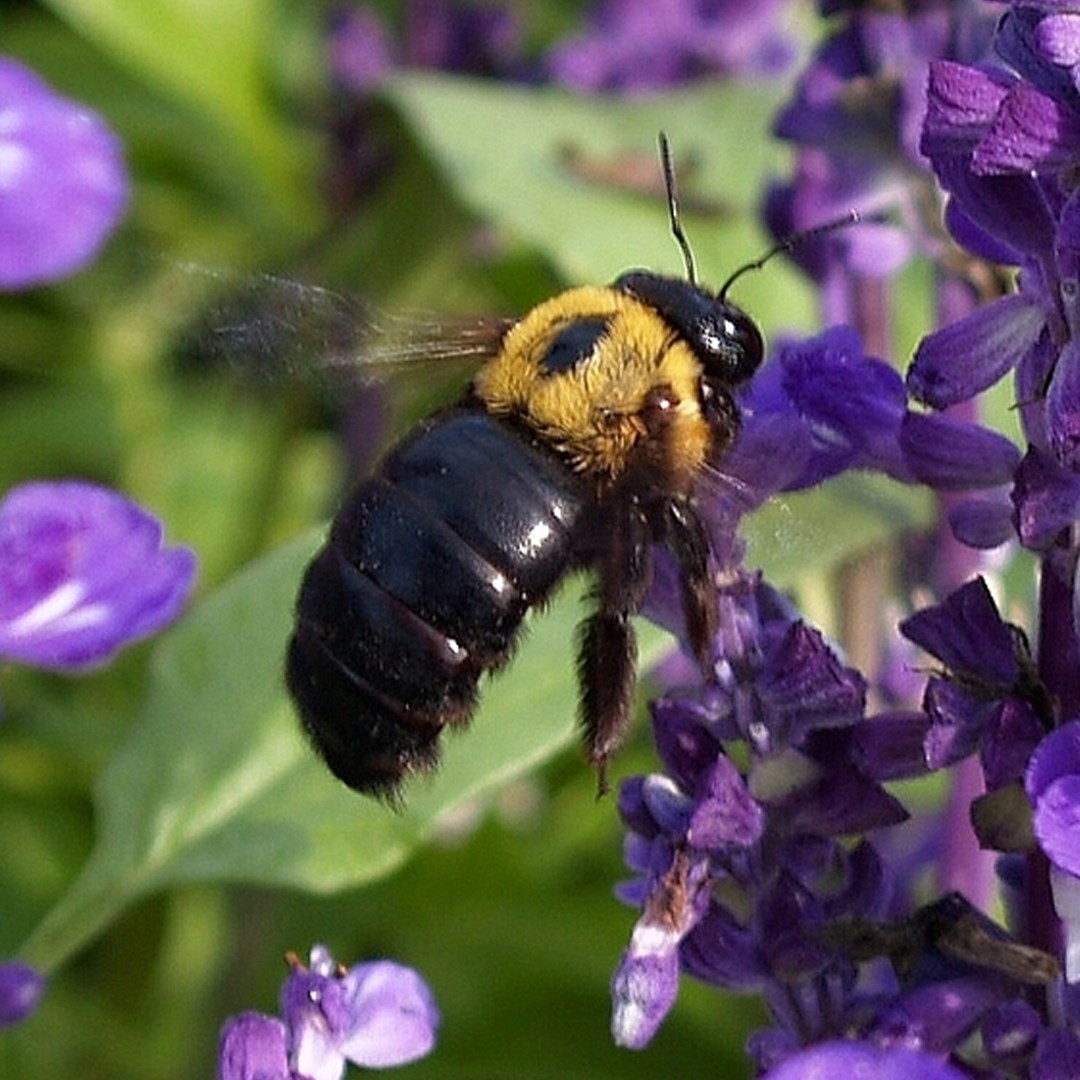
8. Asian appendiculate carpenter bee
Xylocopa appendiculata is a species of carpenter bee in the family Apidae. 
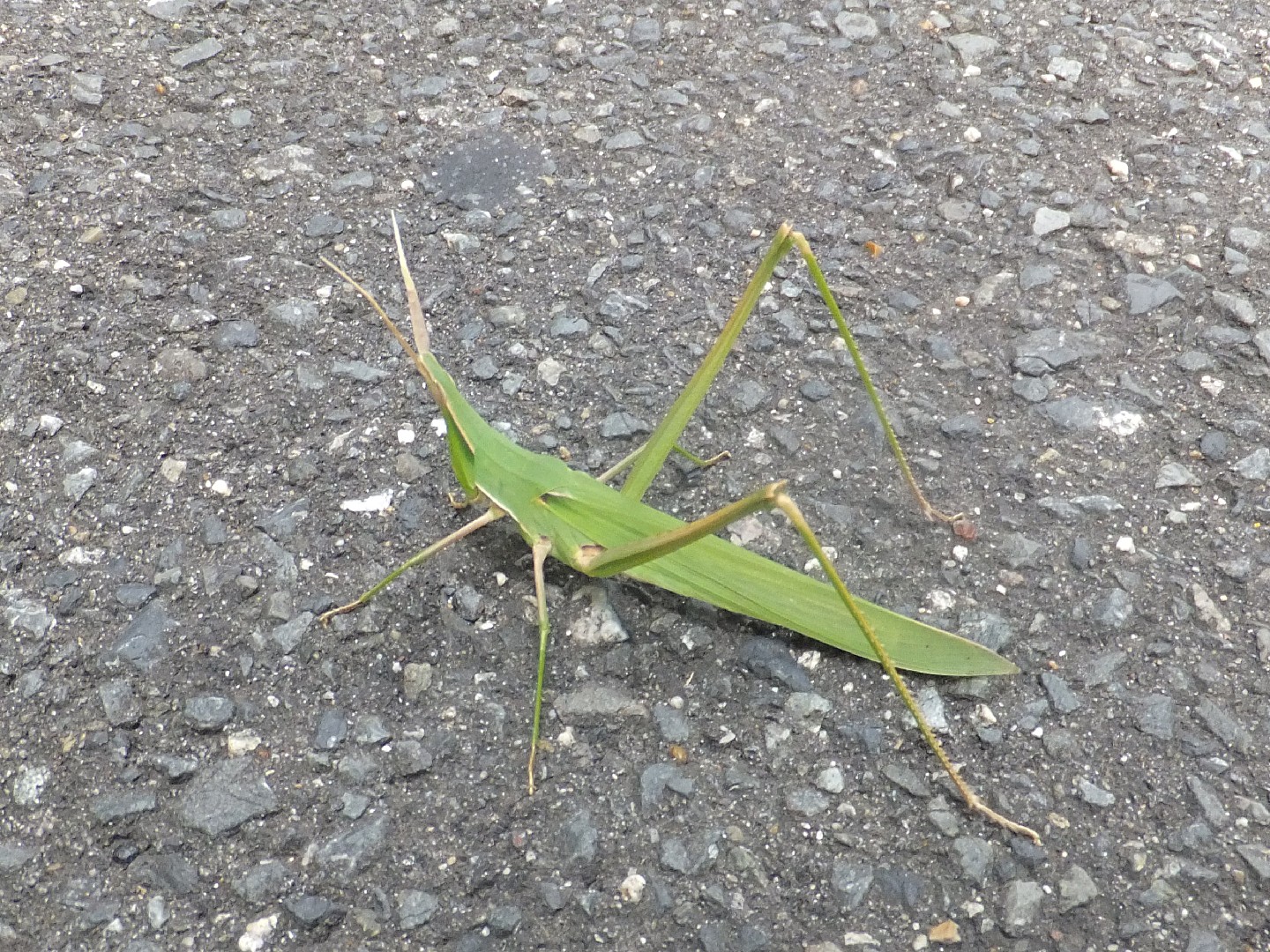
9. Oriental longheaded locust
It's easy to mistake the slender, green oriental longheaded locust for a blade of grass since it's often found among grasses and in crop fields. While it can become a pest in these crop fields, this insect has been eaten by humans and may provide nutrition for domesticated poultry.
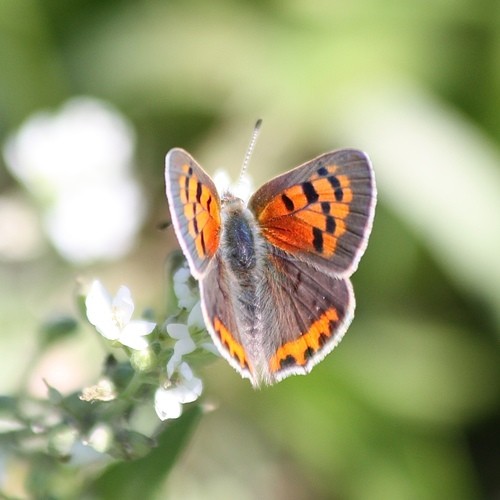
10. Small copper
The upperside forewings are a bright orange with a dark outside edge border and with eight or nine black spots. The hindwings are dark with an orange border. Some females also have a row of blue spots inside the orange border and are known as form caeruleopunctata. The undersides are patterned in a similar way but are paler. The black spots on the forewings are outlined in yellow and the dark colouring is replaced by a pale brownish grey. The hindwings are the same brown/grey colour with small black dots and a narrow orange border. The caterpillars (larvae) are usually green, but some have a purple stripe down the middle of the back and along each side. 
More
